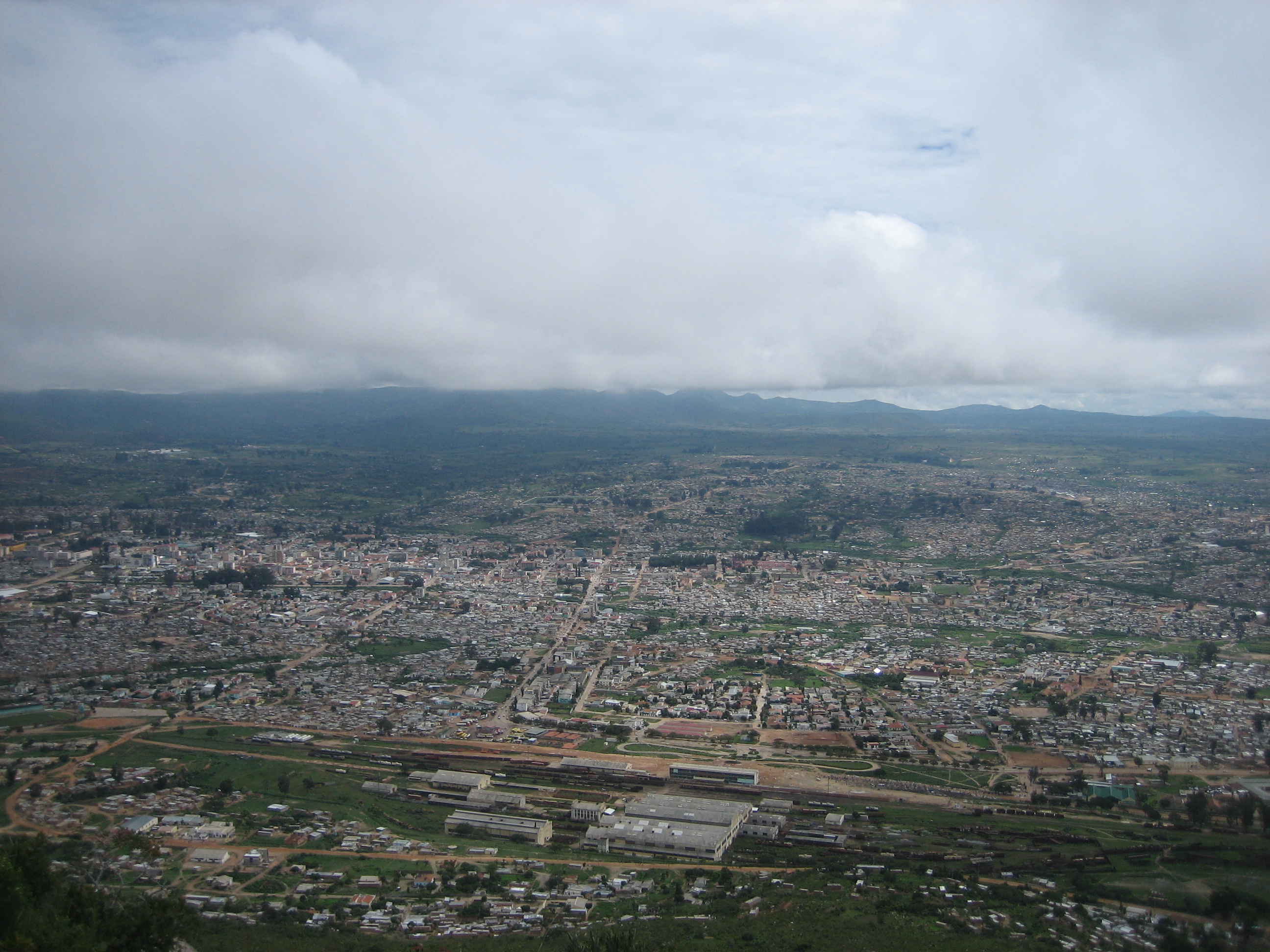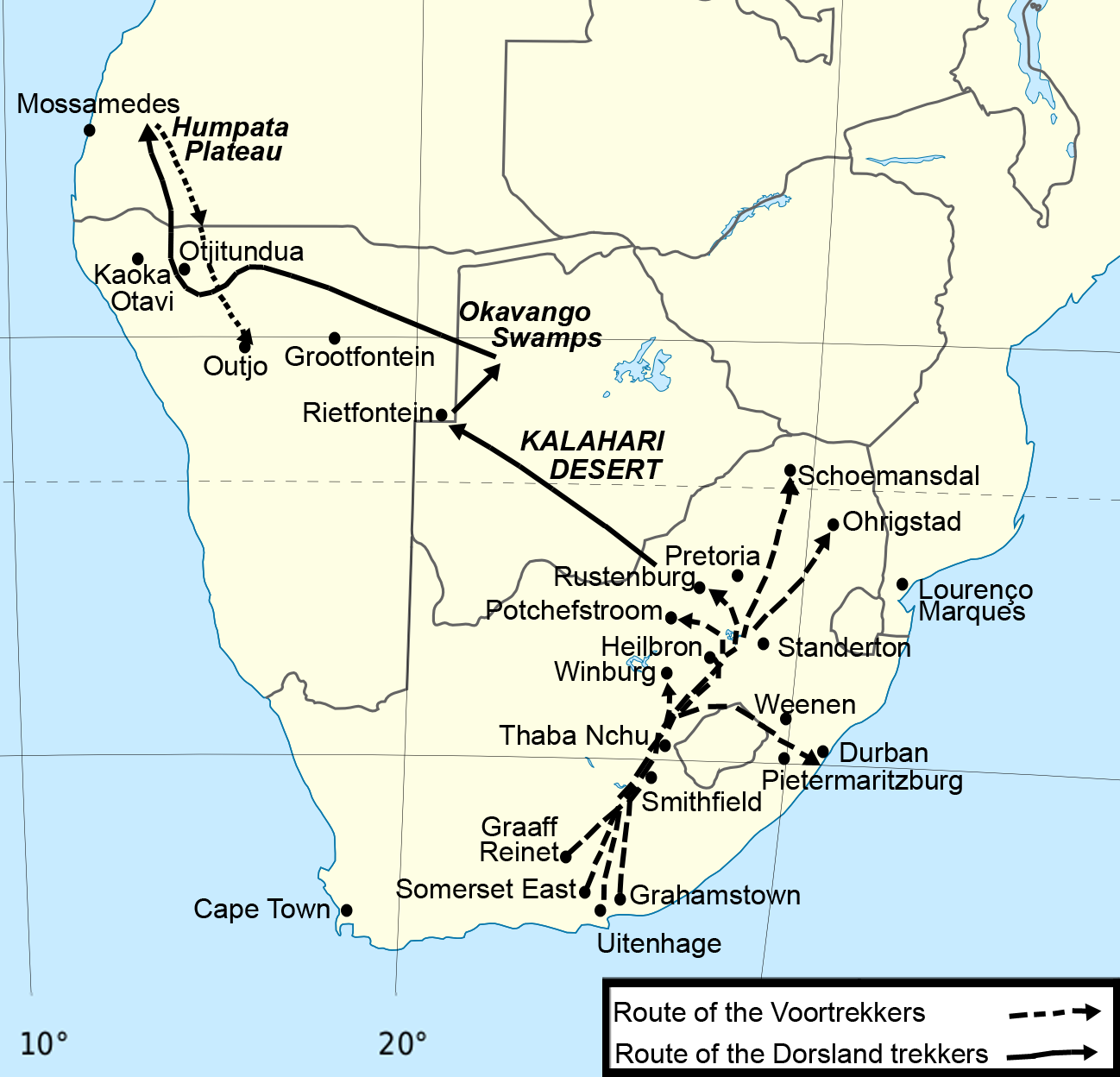|
Cassinga
Cassinga or Kassinga is a town and commune in the municipality of Jamba, province of Huíla, Angola. It is situated on an old and important two-track road from Jamba to Huambo. Established as an ore mine and during the Civil War allegedly used as Namibian guerrilla training site and refugee camp, the place was the scene of the Battle of Cassinga, an airborne raid by the South African Defence Force against the People's Liberation Army of Namibia on 4 May 1978 that killed several hundred SWAPO fighters, Cuban soldiers and Namibian refugees. The settlement is a place of reverence and pilgrimage by both belligerents of the battle. Namibians celebrate Cassinga Day as a national holiday. SWAPO and the MPLA claimed the battle was a massacre of a refugee camp. The battle is thus regarded the turning point in the fight for Namibian independence, which then started drawing support from a wider segment of the population. Some South Africans, mostly those who fought in the battle, an ... [...More Info...] [...Related Items...] OR: [Wikipedia] [Google] [Baidu] |
Battle Of Cassinga
The Battle of Cassinga also known as the Cassinga Raid or Kassinga Massacre was a controversial South African airborne forces, airborne attack on a SWAPO, South West Africa People's Organization (SWAPO) military camp at the town of Cassinga, Angola on 4 May 1978. Conducted as one of the three major actions of Operation Reindeer during the South African Border War, it was the South African Army's first major air assault operation. Background Starting in 1976, SWAPO People's Liberation Army of Namibia, PLAN combatants regularly travelled south by road from Huambo through Cassinga, an abandoned Angolan mining town that was located about halfway to the battlefront at the Namibian border. The town had about twenty buildings that previously served the local iron-ore mine as warehouses, accommodation and offices. A group of PLAN guerrillas led by Dimo Hamaambo occupied Cassinga some weeks after they began using it as a stopover point; according to both Charles Namoloh, Charles "Ho Chi ... [...More Info...] [...Related Items...] OR: [Wikipedia] [Google] [Baidu] |
Cassinga Day
Cassinga Day is a national public holiday in Namibia remembering the Cassinga Massacre. Commemorated annually on 4 May, the date "remembers those (approximately 600) killed in 1978 when the South African Defence Force attacked a SWAPO base at Cassinga in southern Angola". Commemorations are marked yearly by ceremonies at Heroes' Acre, outside of Windhoek. These ceremonies are attended by many important national political figures, including incumbent President Hage Geingob and former Presidents Hifikepunye Pohamba and Sam Nujoma (as of 2016). 4 May 1978 In the morning of May 4, 1978, the South African Defence Force ran an air strike on camp ''Cassinga'' near the village of Cassinga, followed by a deployment of paratroopers A paratrooper or military parachutist is a soldier trained to conduct military operations by parachuting directly into an area of operations, usually as part of a large airborne forces unit. Traditionally paratroopers fight only as light inf .... The ... [...More Info...] [...Related Items...] OR: [Wikipedia] [Google] [Baidu] |
Huíla Province
Huíla is a Provinces of Angola, province of Angola. It has an area of and a population of 2,497,422 (2014 census). Lubango is the capital of the province. Basket-making is a significant industry in the province; many make baskets out of reeds. History From the Portuguese Colonial War (1961–1975) to Angola's independence, and the Angolan Civil War, subsequent civil war in Angola (1975-2002) Huíla was directly affected only during relatively short periods of time. Cassinga was abandoned by its European supervisors, and the mine fell into neglect during the ensuing Angolan Civil War. The following year it was occupied by the People's Liberation Army of Namibia (PLAN), military wing of the South West African People's Organization. PLAN subsequently adopted Cassinga as a staging point for insurgent raids on South-West Africa, about 250 kilometres to the south. Their bases soon became a sanctuary for local refugees during the Namibian War of Independence. In 1978, PLAN's presence i ... [...More Info...] [...Related Items...] OR: [Wikipedia] [Google] [Baidu] |
Dimo Hamaambo
Lieutenant General Mweukefina Kulaumone Jerobeam Dimo Hamaambo (27 October 1932 – 8 September 2002), better known as Dimo Hamaambo, was a Namibian military officer and chief of staff of the Namibian Defence Force from 1990 to 2000. He previously served as the commander of the People's Liberation Army of Namibia (PLAN) during the South African Border War, a position he was appointed to in 1967 after the death of Tobias Hainyeko and held until Namibia's independence in 1990. Early life Hamaambo was one of the thirteen children of his mother Josephina Melila Shipo and father Jona Hamaambo in Eengava, Ovamboland (now known as Ohangwena Region). After receiving some education in area schools, Hamaambo went to work outside of Ovamboland as a contract labourer on a White owned farm as well as a domestic worker, at a cannery in Walvis Bay and eventually in the gold mines of Johannesburg, South Africa. Hamaambo eventually returned to Namibia and joined the Ovamboland People's Or ... [...More Info...] [...Related Items...] OR: [Wikipedia] [Google] [Baidu] |
Dorsland Trek
Dorsland Trek (''Thirstland Trek'') is the collective name of a series of explorations undertaken by Boer settlers from South Africa from 1874 to 1881, in search of political independence and better living conditions. The participants, '' Trekboers'' ("migrating farmers"; the singular is ''trekboer'') from the Orange Free State and Transvaal, are called Dorslandtrekkers. Political background and previous treks After the Great Trek a community arose that comprised a few Voortrekkers spread in different groups across a large geographical area in the Transvaal. However, there was no unity amongst them as there was no leader who could unite the different groups. Serious political and church disputes at some stage even led to a civil war. After the Great Trek had initially impoverished the community, their geographic isolation resulted in further economic and intellectual isolation. Despite the lack of wealth or education, the average Transvaal Boer felt very independent. This e ... [...More Info...] [...Related Items...] OR: [Wikipedia] [Google] [Baidu] |
Moçâmedes
Moçâmedes is a List of cities and towns in Angola, city in southwestern Angola, and the capital of Namibe Province. The city's current population is 255,000 (2014 census). Founded in 1840 by the Portuguese Angola, Portuguese colonial administration, the city was named Namibe between 1985 and 2016. Moçâmedes has a cool dry climate and desert vegetation, because it is near the Namib Desert. History The area was first explored by the Portuguese in 1785 and claimed for Portugal by Luís Cândido Cordeiro Pinheiro Furtado, who had been sent there in the frigate ''Loanda'' by the then governor-general of Angola, Baron Moçâmedes (Portuguese: ''Barão de Mossâmedes''), who also sent an overland expedition headed by Gregório José Mendes to rendezvous with Furtado. They renamed the bay Moçâmedes in honour of the baron. In 1839 the then governor-general of Angola, António Manuel de Noronha, Admiral Noronha, sent a fresh expedition to subdue the local chiefs and make them va ... [...More Info...] [...Related Items...] OR: [Wikipedia] [Google] [Baidu] |
Jamba, Huíla
Jamba is a town and a municipality, with a population of 105,090 (2014 census), in the province of Huíla, Angola. Administrative subdivisions The municipality of Jamba comprises three communes as follows * Jamba, the seat of the municipality * Cassinga * Dongo Transport Rail Jamba is served by the terminus of a short branch railway of the southern line of the national railway system. Air There is an airport in Jamba, . See also * Railway stations in Angola Railway stations in Angola include: Towns served by rail North line (Luanda Railway) (CFL) (Also known as '' Luanda Railway'') (originally 1000 mm gauge, now 1067 mm gauge) * Luanda – port – national capital; junction ** Bung ... References Populated places in Huíla Province Municipalities of Angola {{Angola-geo-stub ... [...More Info...] [...Related Items...] OR: [Wikipedia] [Google] [Baidu] |
Angolan Civil War
The Angolan Civil War () was a civil war in Angola, beginning in 1975 and continuing, with interludes, until 2002. The war began immediately after Angola became independent from Portugal in November 1975. It was a power struggle between two former anti-colonial guerrilla movements, the communist MPLA, People's Movement for the Liberation of Angola (MPLA) and the anti-communist UNITA, National Union for the Total Independence of Angola (UNITA). The MPLA and UNITA had different roots in Angolan society and mutually incompatible leaderships, despite their shared aim of ending colonial rule. A third movement, the National Front for the Liberation of Angola (FNLA), having fought the MPLA with UNITA during the Angolan War of Independence, played almost no role in the Civil War. Additionally, the Front for the Liberation of the Enclave of Cabinda (FLEC), an association of separatist militant groups, fought for the independence of the province of Cabinda (province), Cabinda from Angola. ... [...More Info...] [...Related Items...] OR: [Wikipedia] [Google] [Baidu] |
Iron
Iron is a chemical element; it has symbol Fe () and atomic number 26. It is a metal that belongs to the first transition series and group 8 of the periodic table. It is, by mass, the most common element on Earth, forming much of Earth's outer and inner core. It is the fourth most abundant element in the Earth's crust, being mainly deposited by meteorites in its metallic state. Extracting usable metal from iron ores requires kilns or furnaces capable of reaching , about 500 °C (900 °F) higher than that required to smelt copper. Humans started to master that process in Eurasia during the 2nd millennium BC and the use of iron tools and weapons began to displace copper alloys – in some regions, only around 1200 BC. That event is considered the transition from the Bronze Age to the Iron Age. In the modern world, iron alloys, such as steel, stainless steel, cast iron and special steels, are by far the most common industrial metals, due to their mechan ... [...More Info...] [...Related Items...] OR: [Wikipedia] [Google] [Baidu] |
Krupp
Friedrich Krupp AG Hoesch-Krupp (formerly Fried. Krupp AG and Friedrich Krupp GmbH), trade name, trading as Krupp, was the largest company in Europe at the beginning of the 20th century as well as Germany's premier weapons manufacturer during both world war, world wars. It produced battleship, battleships, U-boats, tanks, howitzers, guns, utilities, and hundreds of other commodities. The company also produced steel used to build railroads in the United States and to cap the Chrysler Building. After the Nazi Germany, Nazis seized power in Germany, Krupp supported the regime and was one of many German businesses that profited from forced labour under German rule during World War II, slave labor during World War II. Upon the war's end, the head of the company, Alfried Krupp, was tried and convicted as a war criminal for employing prisoners of war, foreign civilians and concentration camp inmates under inhumane conditions in support of the Nazi war effort. Despite being senten ... [...More Info...] [...Related Items...] OR: [Wikipedia] [Google] [Baidu] |
Sacomar, Angola
Sacomar is an urban district in southern Angola, part of city of the Moçâmedes. Transport It is the location of marshalling yards associated with the nearby port of Moçâmedes, serving as a connection between the port and the passenger and cargo railway station of the Moçâmedes Railway. See also * Railway stations in Angola * Transport in Angola Transport in Angola comprises: Roads Two trans-African automobile routes pass through Angola: * the Tripoli-Cape Town Highway * the Beira-Lobito Highway Map of Trans-African Highways.PNG, Map of Trans-African Highways. Walking home.jpg, ... References Populated places in Angola {{Angola-geo-stub ... [...More Info...] [...Related Items...] OR: [Wikipedia] [Google] [Baidu] |
Communes Of Angola
The Communes of Angola () are administrative units in Angola after municipalities. The 163 municipalities of Angola are divided into communes. There are a total of 618 communes of Angola: Bengo Province * Ambriz * Kakalo-Kahango * Ícolo e Bengo * Cassoneca * Bela Vista * Tabi * Zala * Kikabo * Barra do Dande * Muxiluando * Kixico * Kanacassala * Gombe * Kicunzo * Kage * Mabubas * Caxito * Ucua * Piri * Kibaxe * São José das Matas * Kiaje * Paredes * Bula-Atumba * Pango-luquem * Kabiri * Bom Jesus * Catete * Calomboloca * Kazua * Muxima * Dembo Chio * Mumbondo * Kixinje Benguela Province * Alda Lara * Asfalto * Babaera * Balombo * Benfica * Benguela * Biópio * Bocoio * Candumbo * Catumbela * Chigongo * Chikuma * Chila * Chindumbo * Chongorói * Compão * Cote * Cubal * Cubal do Lumbo * Dombe Grande * Lobito Canata * Catumbela * Egito * Monte Belo * Passe * Caimbambo * Catengue * Baia Farta * Cupupa * Imbala * Quendo * Chiongoroi * Capupa * Bolongueira * Ganda * Babaera * K ... [...More Info...] [...Related Items...] OR: [Wikipedia] [Google] [Baidu] |




